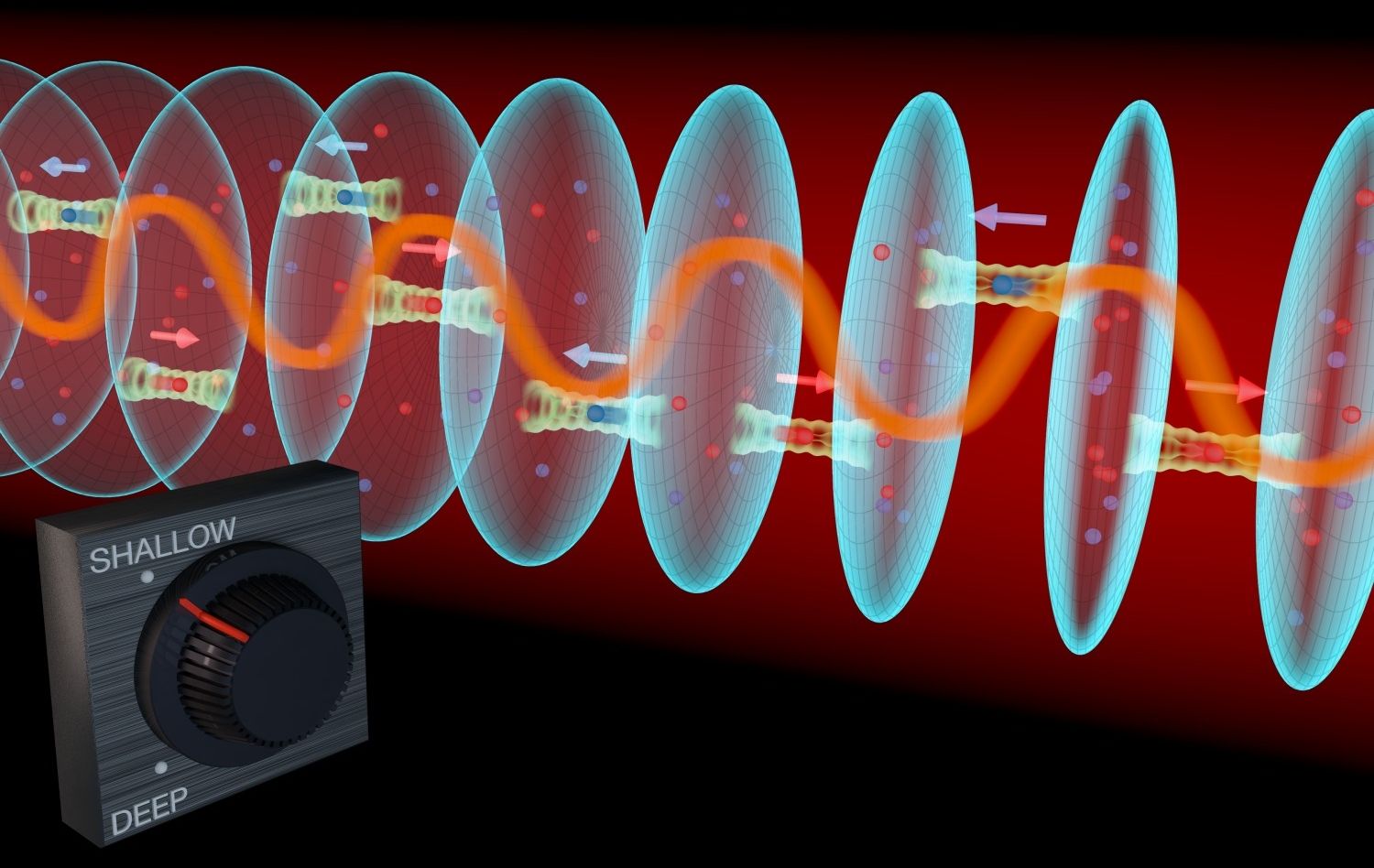Dec 21, 2016
Q&A: Diamond in Quantum Applications
Posted by Karen Hurst in categories: computing, engineering, particle physics, quantum physics
Oh; there is a LOT more to they syndiamond story as it relates to some of the additional hardware and communications technologies that we’re developing and planning for the future.
What are the unique properties of diamond that make it a supermaterial?
Diamond has long been known to have exceptional properties, largely resulting from the symmetry of the cubic lattice made of light carbon atoms connected by extremely strong bonds. These exceptional properties include thermal conductivity five times higher than that of copper and the widest optical transparency of any material extending from the UV to the RF part of the electromagnetic spectrum. Additionally, diamond also has some interesting chemical properties as it is extremely inert, though it can become a conductor by adding boron. In this manner, one could leverage synthetic diamond for use in electrochemical incineration where existing electrode materials have only a limited lifetime.


















